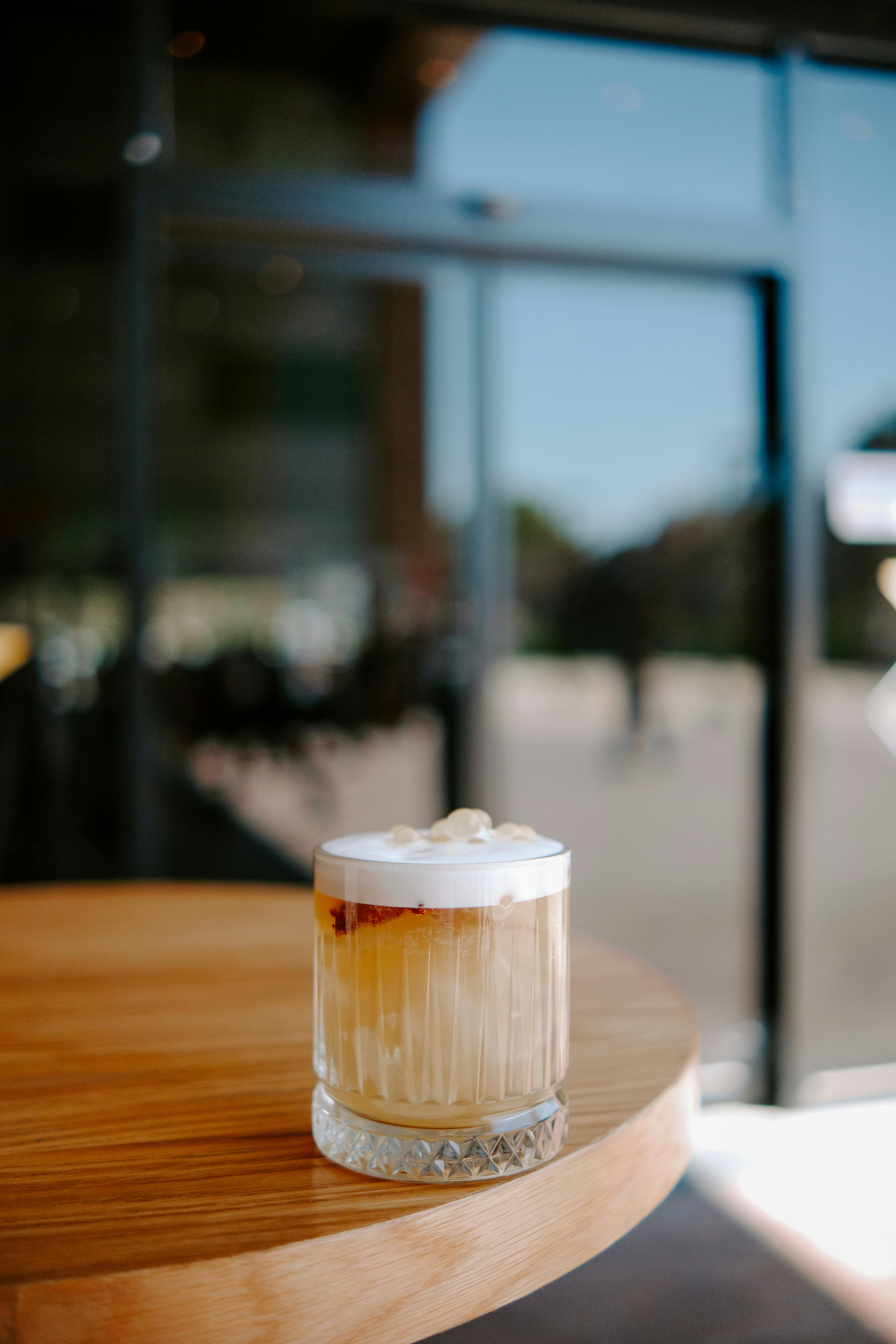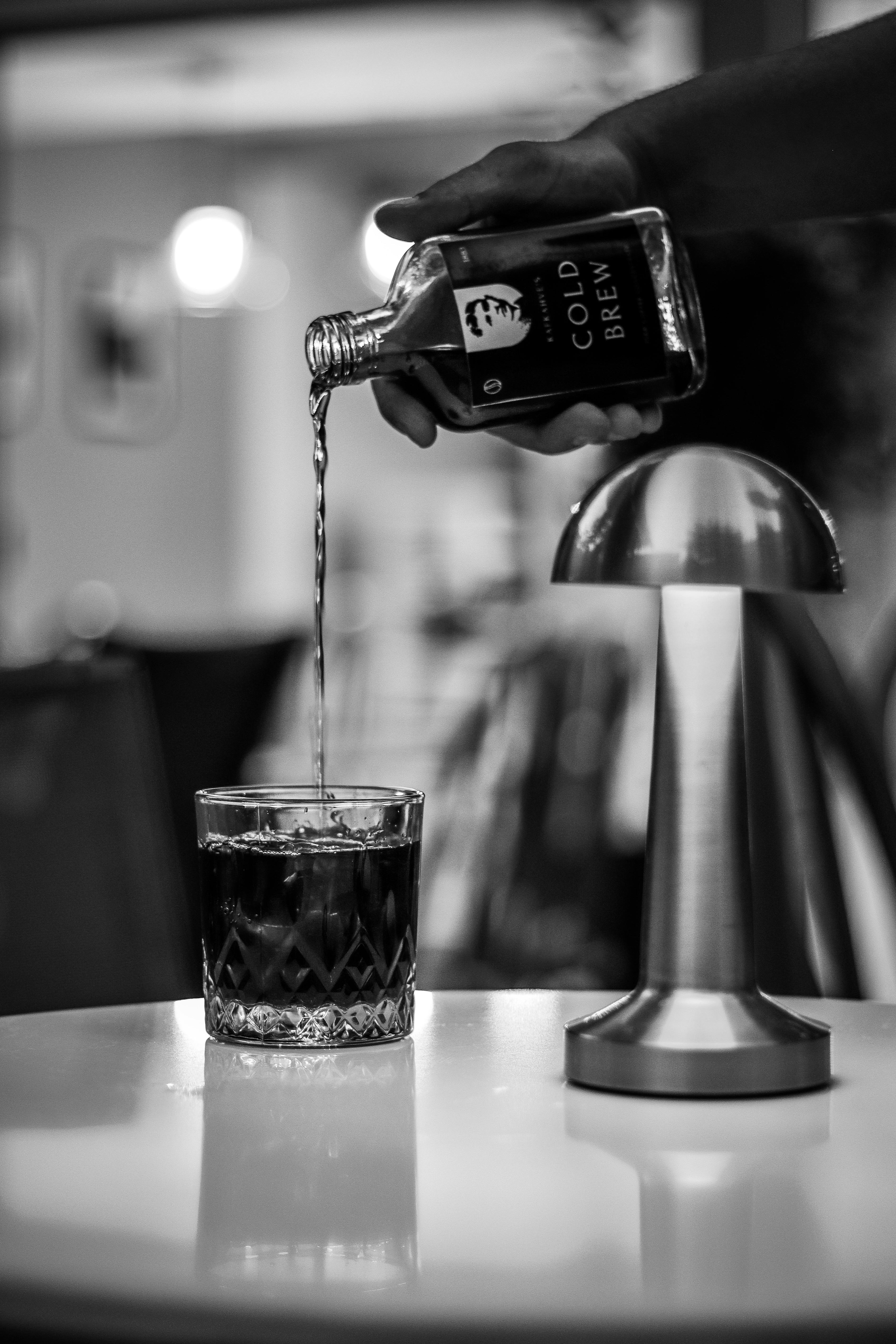So you’ve brewed yourself a fresh cup of coffee, ready to start your day with that rich and invigorating aroma. But as you take your first sip, you notice something off-putting – the taste and texture of oily coffee beans. Fear not, for we have the solution to this common coffee conundrum. In this article, we will guide you through the simple yet effective steps to avoid oily coffee beans, ensuring a smooth and satisfying cup of joe every time. Whether you’re a coffee enthusiast on a quest for perfection or simply looking to elevate your morning routine, read on to discover the secrets of avoiding oily coffee beans.

Understanding Oily Coffee Beans
When it comes to coffee beans, one aspect that coffee enthusiasts often encounter is the presence of oil on the surface of their beans. This oil is a natural byproduct of the coffee roasting process and is more commonly found in dark roasted beans. While some people may enjoy the depth and richness that oily beans can bring to their cup of joe, others may find it undesirable due to the potential for an over-extracted or bitter taste. To better appreciate and manage oily coffee beans, it is crucial to understand the factors that contribute to their oiliness, as well as the steps you can take to choose and handle your beans effectively.
Factors Contributing to Oily Coffee Beans
Several factors play a role in the oiliness of coffee beans, including the roasting level, bean quality and age, grinding techniques, and brewing method.
Roasting Level
The level of roasting directly affects the oiliness of coffee beans. Dark roasted beans, such as French Roast or Italian Roast, are more likely to be oily due to the longer roasting process. On the other hand, light and medium roasted beans tend to have less oil on their surface.
Bean Quality and Age
The quality and age of the beans can also impact their oiliness. High-quality beans, like those sourced from specialty coffee farms, have a more developed cellular structure, which can lead to increased oiliness. Additionally, as beans age, they lose moisture, and the oil becomes more prominent on their surface.
Grinding Techniques
The way coffee beans are ground can contribute to their oiliness. Finely ground beans have more surface area exposed to air, which can lead to greater oxidation and oil extraction. Conversely, coarsely ground beans have less contact with the air and can minimize oil extraction.
Brewing Method
Different brewing methods can affect how oil is extracted from the coffee beans. Brewing methods that involve longer contact time between water and coffee grounds, such as French press brewing, tend to yield oilier results. Conversely, drip brewing methods may produce less oil due to the shorter contact time.
Choosing the Right Beans
To minimize the risk of ending up with excessively oily coffee beans, it’s essential to choose the right beans. By considering freshness, bean variety, and trustworthy sources, you can have more control over your coffee’s oiliness.
Freshness
When selecting coffee beans, prioritize freshness. Fresher beans are less likely to have excessive oil because the oils are better preserved within the cellular structure of the bean. Look for beans with a recently printed roast date to ensure optimal freshness and flavor.
Bean Variety
Different bean varieties have varying oil content and characteristics. Arabica beans, for example, generally have less oil than Robusta beans. By choosing Arabica beans, you can reduce the chances of encountering overly oily coffee.
Buying from Trustworthy Sources
To guarantee quality, it’s important to buy coffee beans from trustworthy sources such as reputable coffee roasters or specialty coffee shops. These sources are more likely to offer beans that have been recently roasted and stored properly, minimizing the chances of excess oiliness.
Roasting Level
Understanding the different roasting levels can help you make an informed decision about the oiliness of your coffee beans. Let’s explore light, medium, and dark roast levels.
Light Roast
Light roast coffee beans are typically light brown in color and have a dry appearance. They undergo a shorter roasting process, resulting in a milder flavor profile and less oil on the surface. These beans are often preferred by those who enjoy brighter, more acidic flavors.
Medium Roast
Medium roast beans have a slightly darker color and a balanced flavor profile. They offer a moderate level of oiliness, providing a good middle ground for those who prefer a bit more body and flavor in their coffee without the characteristic bitterness of dark roasts.
Dark Roast
Dark roast beans have a rich, dark brown color, and a shiny, oily surface. The longer roasting process extracts more oil from the beans, resulting in a more intense and robust flavor. Dark roast beans are well-suited for those who enjoy bold, smoky flavors, but they can also have a higher risk of bitterness.
Bean Quality and Age
To minimize the oiliness of your coffee beans, paying attention to bean quality and age is crucial.
High-Quality Beans
Opting for high-quality beans can help reduce oiliness. Look for beans sourced from reputable farmers or regions known for producing exceptional coffee. These beans are often grown under specific conditions and harvested at optimal ripeness, resulting in a better balance of flavors and potentially less oil on the surface.
Avoiding Old Beans
Coffee beans lose moisture as they age, which can lead to a more prominent oil presence. Always check the roast date when purchasing beans and aim for the freshest option available. Avoid buying beans that have been sitting on the shelf for an extended period, as they are more likely to have excess oil and a stale taste.

Grinding Techniques
How you grind your coffee beans can greatly impact their oiliness when brewing. Let’s explore the various aspects of grinding that can affect the oil extraction process.
Grinder Type
The type of grinder you use can influence the oiliness of your coffee beans. Burr grinders, which crush the beans between two serrated plates, are generally preferred over blade grinders. Burr grinders provide a more consistent grind size, resulting in a more uniform extraction and potentially less oil being extracted.
Coarseness Level
The coarseness of your ground coffee also plays a role. Finely ground coffee has more surface area available for oil extraction, leading to a higher likelihood of oilier coffee. Consider grinding your beans to a coarser setting to minimize oil extraction and achieve a cleaner cup.
Brewing Methods
The brewing method you choose can significantly impact the oiliness of your coffee. Let’s explore some common brewing methods and their potential effects on oil extraction.
Drip Brewing
Drip brewing methods, such as using a traditional coffee maker or pour-over device, typically result in less oily coffee. The shorter contact time between water and coffee grounds allows for a more controlled extraction process, reducing the chance of excessive oil extraction.
French Press Brewing
French press brewing involves a longer contact time between water and coffee grounds, resulting in a fuller-bodied coffee. However, this extended contact time can also extract more oil from the beans, leading to a potentially oilier cup. Consider using a coarser grind size and a shorter steeping time to reduce the oiliness when using a French press.
Espresso Brewing
Espresso brewing involves high pressure and a shorter extraction time, producing a concentrated and bold coffee. While espresso can exhibit a certain degree of oiliness, a well-maintained espresso machine and freshly ground coffee can help minimize the chances of excessive oil extraction.

Storing Coffee Beans
Proper storage is crucial for maintaining the quality and preventing excessive oiliness in your coffee beans. Consider the following tips to ensure your beans stay fresh and flavorful.
Avoiding Transparent Containers
Exposure to light can accelerate oxidation and oil extraction from the beans. Opt for opaque, airtight containers or resealable bags that prevent light exposure and help preserve the oils within the beans.
Using Airtight Containers
Air exposure can also lead to flavor degradation and oil rancidity. Store your coffee beans in airtight containers to limit oxygen exposure and maintain the freshness of your beans. Vacuum-sealed containers or valve-sealed bags are great options for extending the shelf life of your coffee.
Avoiding Moisture
Moisture can cause coffee beans to spoil faster and encourage the growth of mold and bacteria. Keep your coffee beans away from areas with high humidity, such as near the stove or refrigerator, and avoid storing them in the freezer, as the repeated thawing and freezing can impact the bean’s structure and flavor.
Proper Coffee Bean Handling
In addition to proper storage, how you handle your coffee beans can influence their oiliness. Pay attention to the following pointers to ensure your beans retain their quality.
Avoiding Touch with Oily Hands
When handling coffee beans, it is essential to avoid direct contact with oily hands. The oils from your skin can transfer to the beans, affecting their flavor and potentially accelerating rancidity. Consider using clean utensils or wearing food-safe gloves when handling your coffee beans.
Avoiding Exposure to Light and Heat
Light and heat can degrade the oils and flavors in your coffee beans. Keep your beans stored in a cool, dark area away from direct sunlight, stovetops, or other sources of heat. This will help maintain the integrity of the oils and prevent premature oil extraction.
Cleaning Coffee Equipment
Maintaining clean coffee equipment is vital not only for flavor but also to prevent the buildup of oil residues that can affect subsequent brews. Regular cleaning practices for your grinder and brewing equipment can help prevent excessive oil carryover.
Regular Grinder Cleaning
Coffee grinders can accumulate oil residue over time, impacting the flavor of your brew. Clean your grinder regularly by disassembling it and removing any oil buildup. Use a brush or a designated grinder cleaning product to ensure all the oil residues are removed before grinding fresh beans.
Thorough Brewing Equipment Cleaning
Cleaning your brewing equipment after each use is essential to prevent oil residue accumulation and maintain the flavor quality of your coffee. Take the time to thoroughly clean your coffee maker, French press, or espresso machine, ensuring all parts are washed and dried properly.
In conclusion, understanding oily coffee beans allows you to make informed choices and enjoy a satisfying cup of coffee. By considering factors such as roasting level, bean quality, grinding techniques, brewing methods, and proper storage and handling, you can reduce the oiliness and enhance the flavors in your coffee. Enjoy the journey of exploring different beans, experimenting with roasting levels, and perfecting your brewing techniques to achieve the ideal cup of coffee for your palate.
